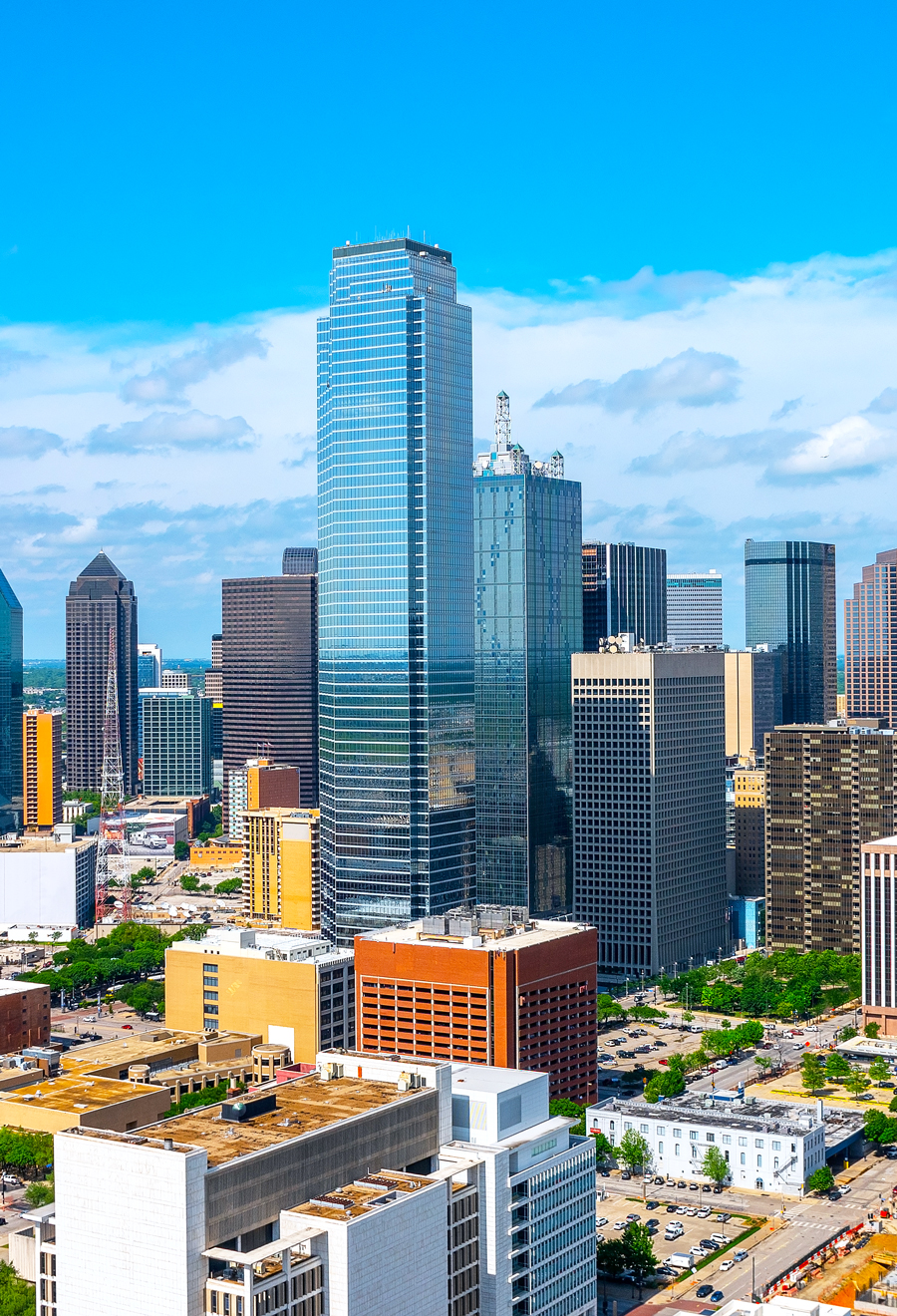More than 80% of Americans live in the country’s 3,573 urban areas — and both the number of urban areas and the percentage of Americans living in them continue to rise. As urbanized as the U.S. is today, it wasn’t until 1920 that the majority of Americans resided in cities. Now, it’s exceedingly unlikely that that trend will ever reverse. Take a look at the 10 largest U.S. metro areas, as of 2024.
10. Phoenix, Arizona
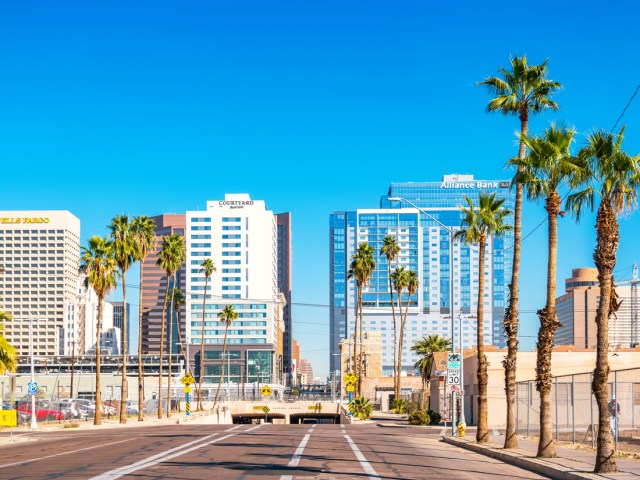
Phoenix is part of the country’s 10th-most-populous metropolitan area, alongside nearby cities such as Mesa and Chandler. Phoenix is also America’s most populous state capital, a fact that might seem surprising until you remember that cities such as New York, Los Angeles, and Chicago aren’t their respective states’ seats of government. (Rounding out the top five biggest capitals are Austin, Columbus, Indianapolis, and Denver.) The metro area has a combined population of just over 5 million people — more than the populations of 25 individual states. Of that 5 million, nearly 1.7 million live in Phoenix itself, and there may be a reason for that — it also ranks as one of America’s sunniest cities.
9. Atlanta, Georgia
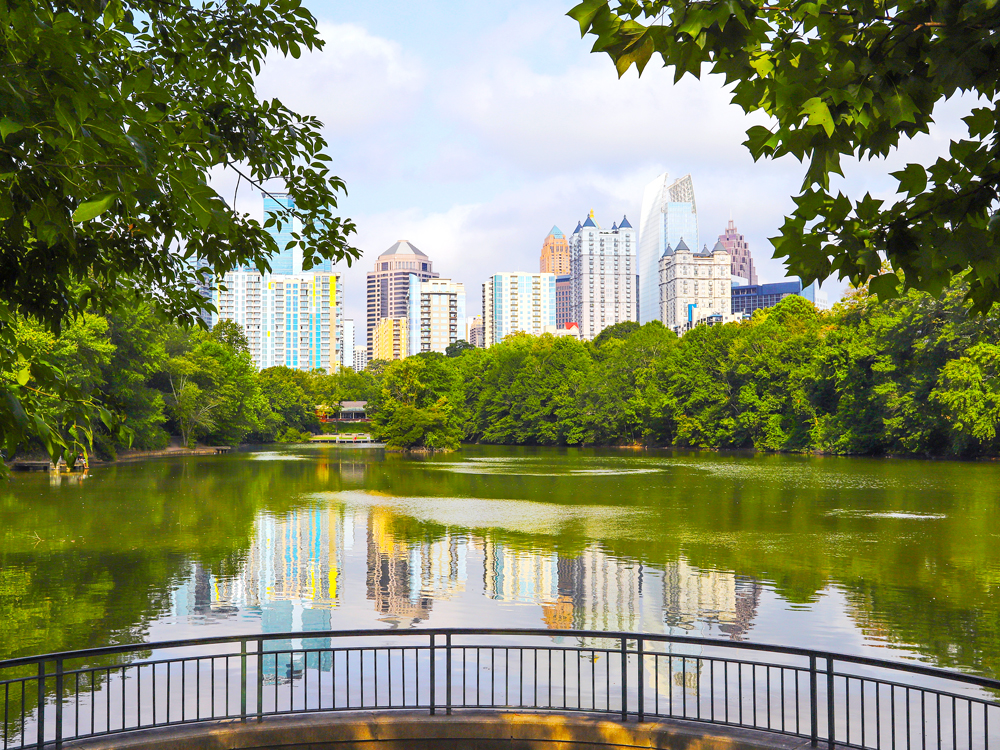
On its own, Atlanta is home to about half a million people within its city limits, placing it at No. 10 on the list of most populous capital cities in the country. As part of the Atlanta-Sandy Springs-Alpharetta metro area, however, it’s home to more than 10 times that number — about 6.2 million people in total. Founded in 1837 as Marthasville in honor of Governor Wilson Lumpkin’s daughter, Atlanta was also known as Terminus because it marked the end of the Western & Atlantic railroad line at the time. (Its current name was thought of as a feminine version of “Atlantic.”) The Atlanta area continues to grow quickly, with more and more people moving to the Peach State every year.
8. Miami, Florida
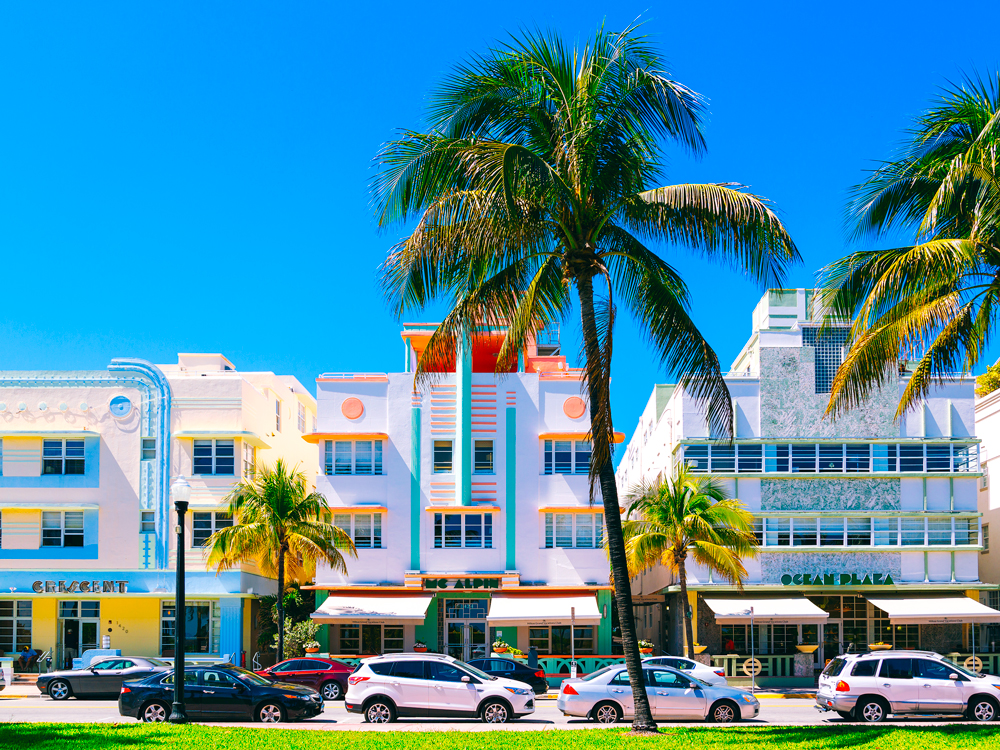
The Miami-Fort Lauderdale-Pompano Beach metropolitan area has a combined population of 6.1 million, with some 450,000 in Miami itself. Nestled near the southernmost point of Florida, the metro area is spread across 5,067 square miles and has 1,211.6 people per square mile. The warm weather has long attracted snowbirds, retirees, and spring breakers to the region, ditto the beaches and nightlife — all of which continue to define Miami.
7. Philadelphia, Pennsylvania
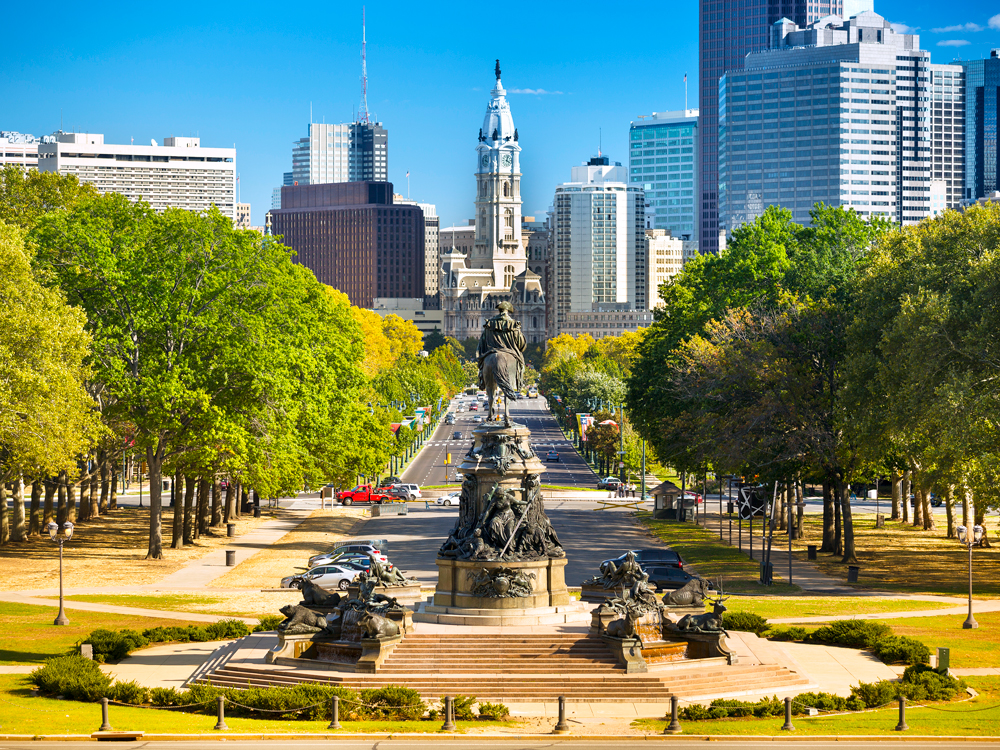
In addition to serving as America’s capital until 1800, Philadelphia was also once the nation’s most populous city. The home of cheesesteaks and rowdy sports fans (they’ve been known to throw snowballs at Santa Claus) hasn’t held either of those titles for centuries, but it remains one of the most historically important cities in the U.S. nevertheless. Its metro area — which is also known as the Delaware Valley and includes Camden, New Jersey, and Wilmington, Delaware — ranks seventh in the country, with more than 6.2 million people spread across four states (including Maryland).
6. Washington, D.C.

Philadelphia isn’t the only metro area spread across several states. There’s also Washington-Arlington-Alexandria, which includes the District of Columbia and parts of Virginia, Maryland, and West Virginia. The region has a total population of more than 6.3 million people. Also known as the D.C. area, Greater Washington, and DMV (District of Columbia, Maryland, and Virginia), the metropolitan area includes the nation’s capital (with a population of 679,000), as well as cities such as Silver Spring, Maryland, and Charles Town, West Virginia.
5. Houston, Texas
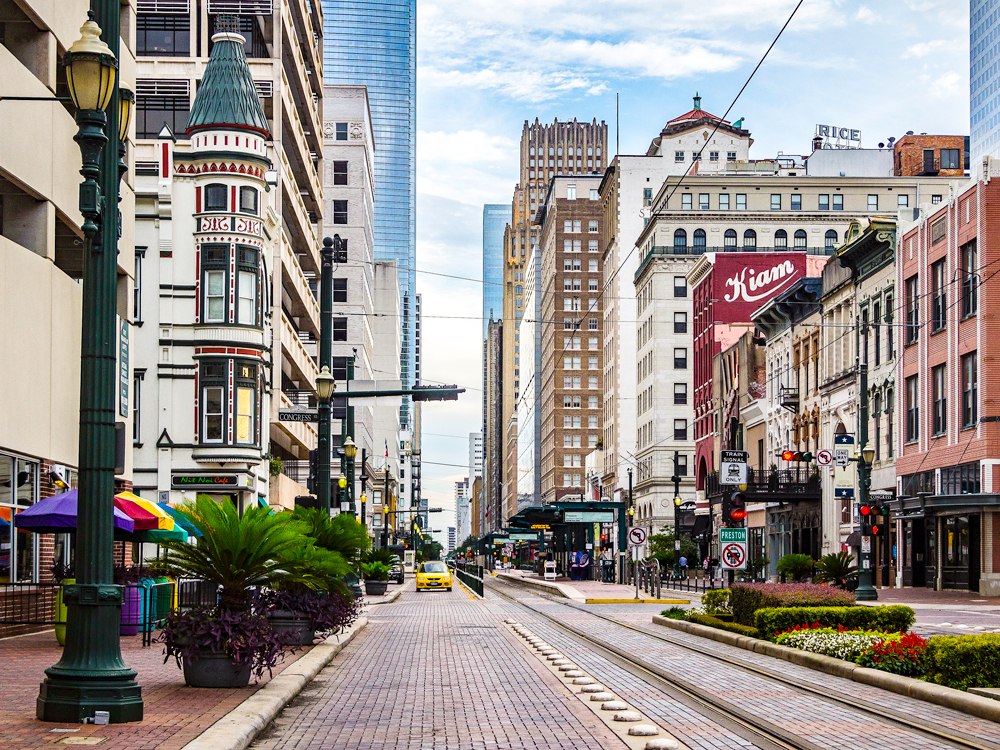
Everything’s bigger in Texas, including the metropolitan areas. Houston-The Woodlands-Sugar Land has a population of 7.3 million, with cities such as Galveston, Lake Jackson, and Kingwood also part of this region that accounts for 16% of the Lone Star State’s population. Among its nine counties is Harris County, the third-most-populous in the country. In addition to being known as Space City (there’s a reason why the famous line is “Houston, we have a problem”), Houston has also been deemed the “Cultural Capital of the South.”
4. Dallas, Texas

Texans might be as competitive with each other as they are with the rest of the country, and here’s at least one category where Dallas has Houston beat. Dallas-Fort Worth-Arlington, also known as DFW and the Metroplex by locals, is home to just shy of 8 million people. Its extremely productive economy includes Silicon Prairie and 24 Fortune 500 companies. Meanwhile, the Dallas Cowboys have long been known as “America’s Team,” and the Dallas food scene has grown increasingly luxurious in recent years. In other words, don’t expect its population boom to slow down anytime soon.
3. Chicago, Illinois
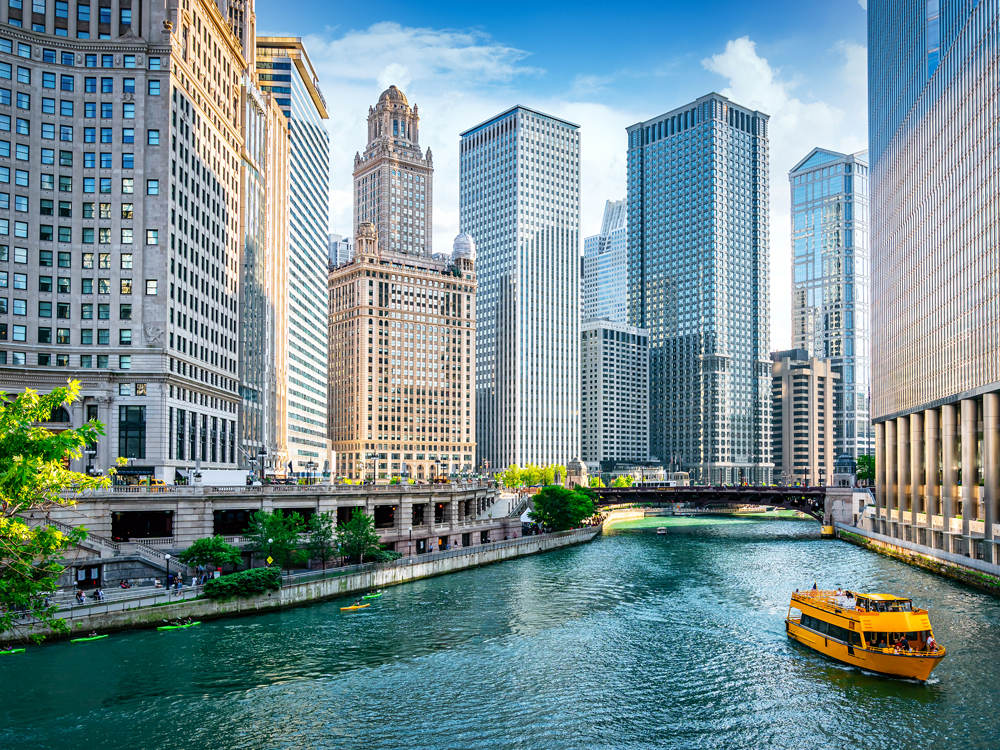
Chicago is known as the “Windy City” not because of actual wind but because its residents (and especially its politicians) were said to be “full of hot air” in the late 19th century. The city is part of an urban region called Chicago-Naperville-Elgin, which ranks as the third-most-populous metro area in the country. Nearly 9.5 million people live there, most of them in Illinois but with some in Indiana (including Gary) and some in Wisconsin (mostly Kenosha).
2. Los Angeles, California
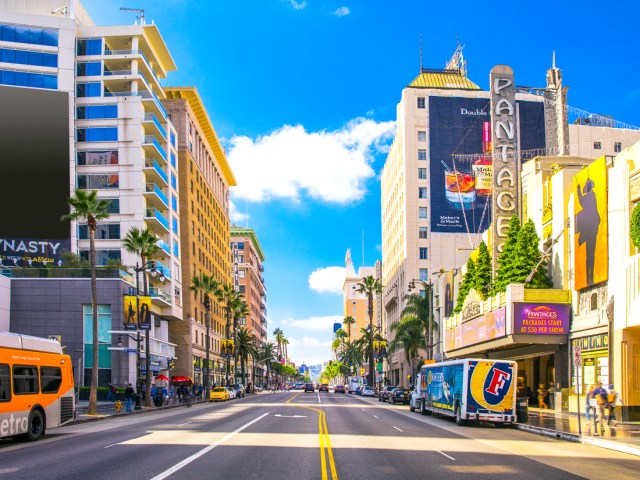
Second on the list of the largest U.S. metro areas is Los Angeles, which also encompasses Long Beach and Anaheim. A whopping 12.9 million people call the L.A. area home. The film industry, miles of beaches, and cultural attractions such as Disneyland and the Hollywood Bowl are among the many reasons that people have been California dreamin’ throughout much of the country’s history.
1. New York, New York
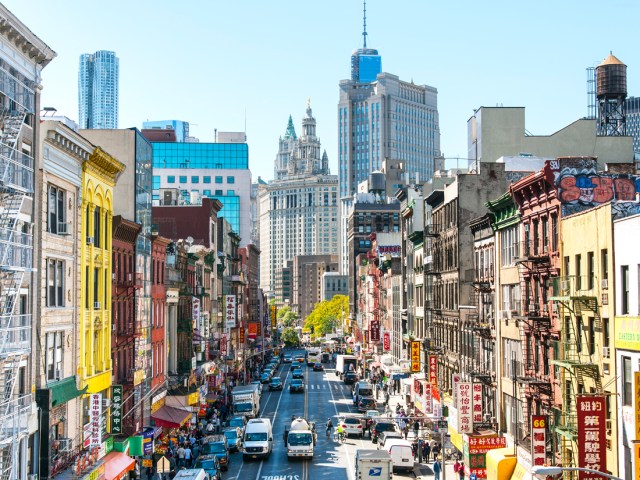
Frank Sinatra wasn’t the only one who wanted to be a part of it: Just as New York City is the most populous city in the country by far (8.3 million at last count), so too is New York-Newark-Jersey City the nation’s most populous metro area. And it isn’t even close — the population is an astounding 19.6 million people, more than every state aside from New York state, Florida, Texas, and California. Parts of New Jersey and even a tiny sliver of Pennsylvania are included in the metro area, though the lion’s share of that number resides in the Big Apple.
More from our network
Daily Passport is part of Inbox Studio, which publishes content that uplifts, informs, and inspires.






